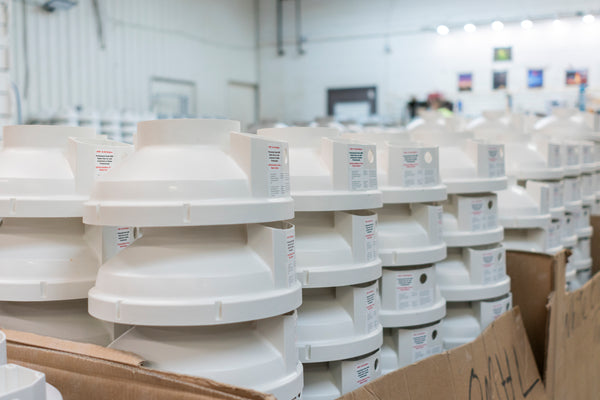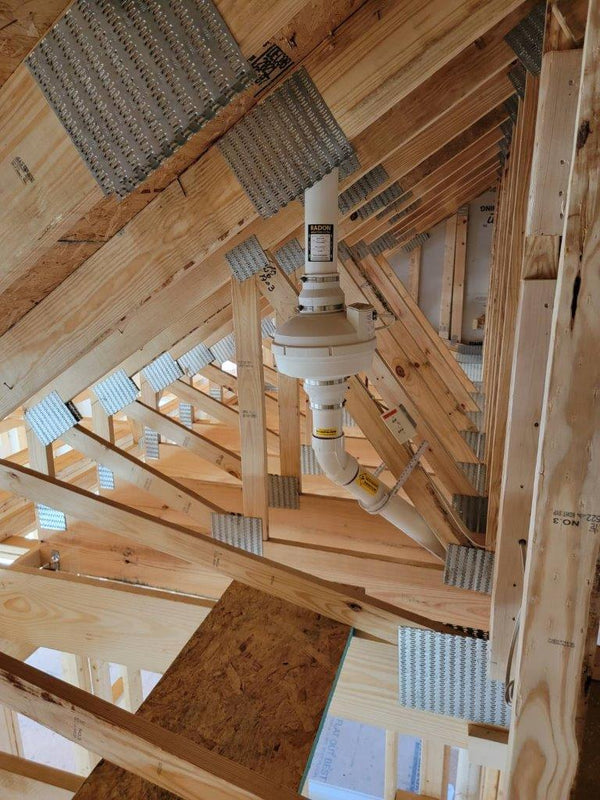
Is Asbestos in Your House Dangerous? Understanding Common Exposure Scenarios, Risks, and Radon
Exploring Indoor Air Quality, Asbestos Exposure, and Mesothelioma

Indoor Air Quality: A Crucial Concern
Your home is your sanctuary, but is the air you breathe safe? Indoor air quality (IAQ) is a pressing issue, and two silent threats often lurking in our homes are asbestos and radon. In this comprehensive blog, we will dive into the world of IAQ, focusing on asbestos exposure, the risk of mesothelioma, and the insidious presence of radon.
Understanding Asbestos: The Hidden Hazard
Asbestos, a naturally occurring mineral once prized for its heat-resistant properties, can be found in many older homes. While it may seem harmless when left undisturbed, disturbing asbestos-containing materials can release dangerous fibers into the air.

Common Exposure Scenarios:
Renovation and Remodeling: Home improvement projects that involve drilling, cutting, or demolishing walls or ceilings can disturb asbestos-containing materials, releasing harmful fibers.
Aging Building Materials: Homes built before the 1980s often contain asbestos in insulation, roofing materials, floor tiles, and more. Aging materials can deteriorate, increasing the risk of exposure.
Secondary Exposure: Asbestos fibers can be carried home on the clothing of workers exposed to asbestos at their jobs, potentially putting family members at risk.

The Mesothelioma Connection: Risks, Causes, and Symptoms
Mesothelioma, a rare but aggressive cancer, is the tragic consequence of asbestos exposure. It primarily affects the lining of the lungs, heart, or abdomen.
Risk Factors:
Asbestos Exposure: The most significant risk factor for mesothelioma is exposure to asbestos fibers. This can occur through direct exposure, such as working in asbestos-related industries, or indirectly, as mentioned earlier.
Duration and Intensity of Exposure: The longer and more intense the exposure, the higher the risk of developing mesothelioma.
Smoking: While asbestos exposure is the primary cause, smoking cigarettes significantly increases the risk of developing mesothelioma.
Mesothelioma symptoms:
Chest Pain: Persistent chest pain and discomfort are common symptoms. Shortness of Breath: Difficulty breathing, even during light physical activity, is an early sign.
Cough: A persistent, dry cough may develop.
Fatigue: Unexplained fatigue and weakness can be indicators.
Unexplained Weight Loss: Significant, unintentional weight loss is another symptom to watch for.
Radon: The Silent Intruder
Apart from asbestos, another IAQ concern is radon, a radioactive gas that can seep into homes through cracks in the foundation, walls, or floors. Radon is odorless, colorless, and tasteless, making it difficult to detect without proper testing.
Risks of Radon Exposure:
Lung Cancer: Prolonged exposure to elevated radon levels is the second leading cause of lung cancer, responsible for thousands of deaths each year.
Taking Action for Healthier IAQ
Ensuring a healthy indoor environment begins with awareness and action.

Testing for Radon: Consider testing your home for radon levels. Radon test kits are readily available and easy to use.
Asbestos Inspection: If you suspect asbestos-containing materials in your home, consult a professional for inspection and, if necessary, safe removal.
Awareness and Early Detection: Be aware of asbestos exposure risks, especially during home renovations. Early detection of mesothelioma is key to improved treatment outcomes. Indoor air quality is vital for your health and that of your loved ones. By understanding the risks of asbestos exposure, the potential link to mesothelioma, and the dangers of radon, you can take proactive steps to create a safer and healthier living environment. Prioritizing IAQ safeguards your home, your health, and your peace of mind.





